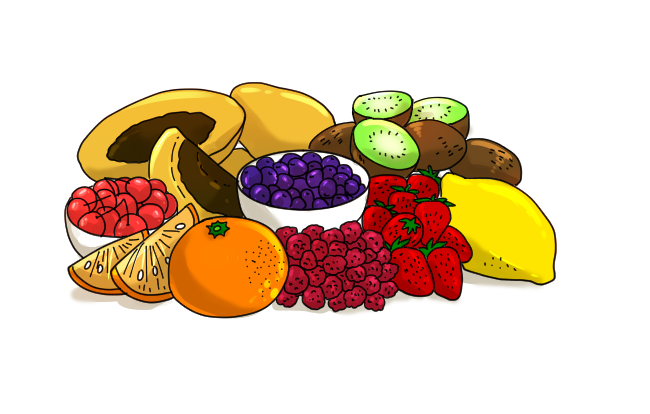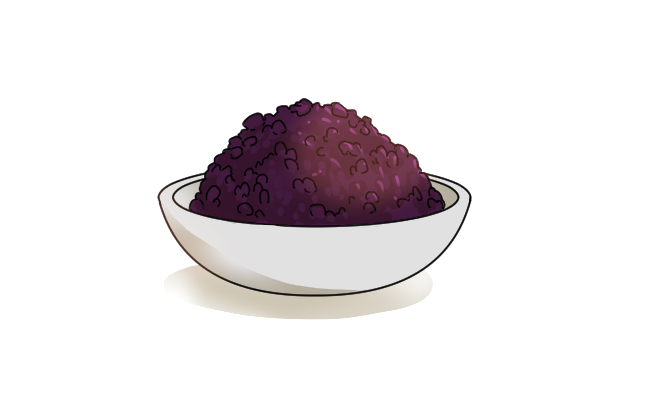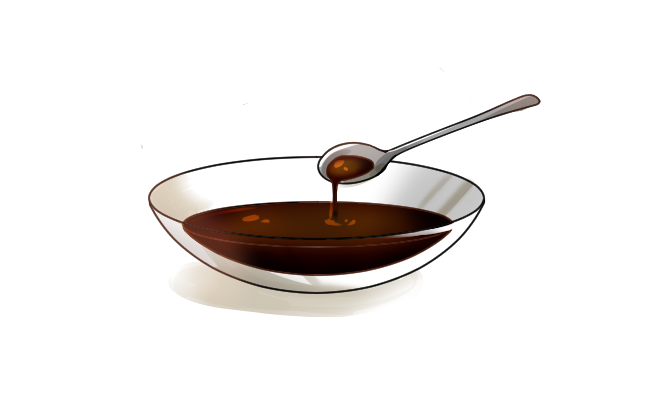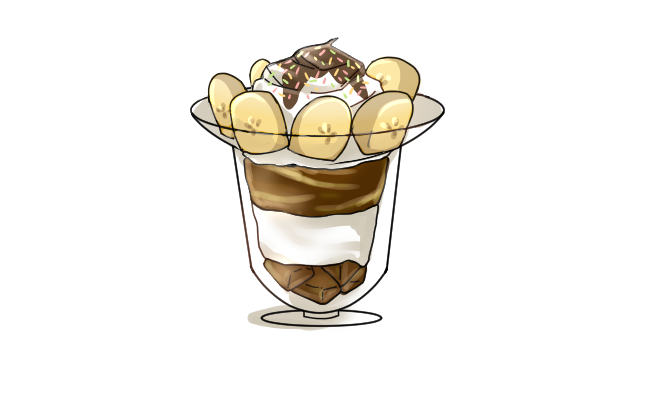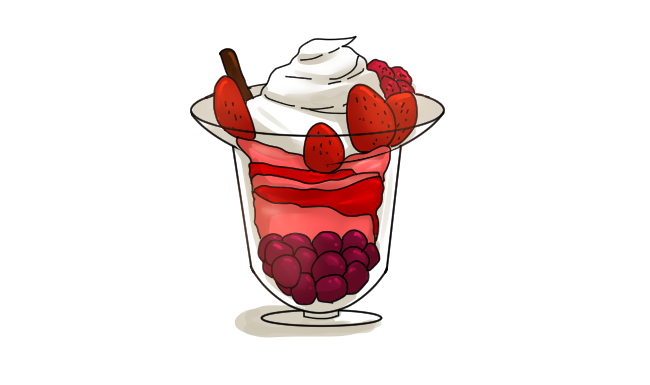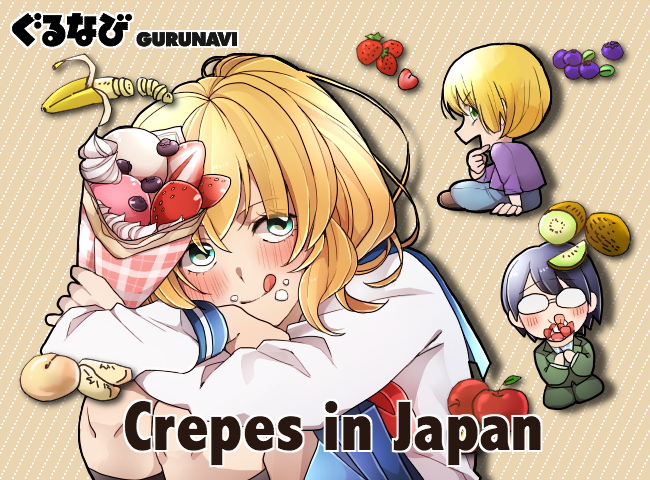A Guide to Japanese Parfaits - Layers of Dessert Luxury

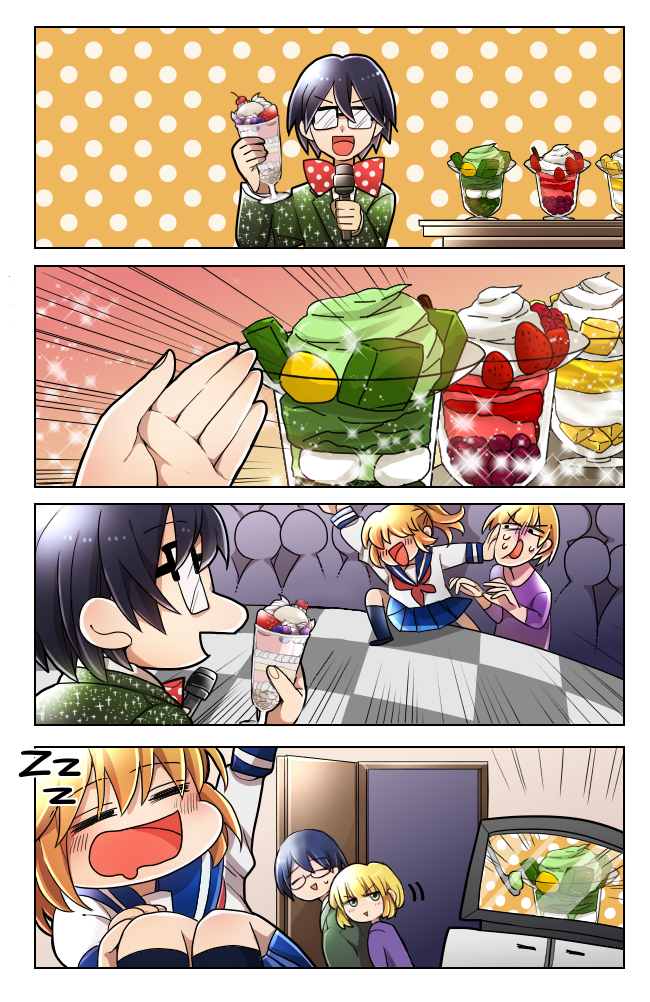
The parfait is a dessert that originated in France and has become highly popular in Japan. While the original French parfait was more of a custard, the iconic dessert enjoyed in Japan today is actually based on the American parfait, which is believed to have come into being in the late 1800s. Today, a parfait can be enjoyed in a wide variety of places, from specialty sweets shops to family restaurants.
Made with fresh ingredients like fruits glazed in syrup and a variety of traditional Japanese sweets layered with ice cream and freshly whipped cream, the Japanese parfait has evolved into its very own modern Japanese dessert. The ingredients used are frequently seasonal, from hothouse strawberries in December to Okayama peaches in June and chestnuts in the fall. Read on to learn all about the parfait in Japan.
Discover the Creative and Colorful World of Parfait Ingredients & Flavors
The typical parfait is served in a tall glass filled to the brim, but the ingredients used may differ by season or restaurant.
Common Japanese Parfait Ingredients
Ice Cream, Fresh Cream, and Custard
Japan has access to some wonderful dairy products thanks to its northern prefecture of Hokkaido, which specializes in dairy farming. Fragrant ice cream made from farm-fresh milk and pure cream will take you to to parfait heaven. Fresh cream, known as “nama kurimu” in Japan, is airily whipped for a light and delicate flavor. Some parfaits may even include dollops of rich custard or delicate cubes of wobbly pudding.
Cake
Delicious light sponge cakes cakes, like castella cake, and swiss roll cake are all very popular in Japan. For parfaits, the cake is usually cut into bite-sized cubes and served either layered within the parfait or as a garnish on top of it.
Fresh Fruit
Fresh fruit parfaits are a specialty of Okayama prefecture. The region is famous for its mild climate and ample sunshine that make it perfect for growing white peaches in the summertime and a wide variety of grapes. Other fresh fruits that are popular in parfaits are kiwi, grapefruit, melons, and mangoes.
Shiratama Dango
Shiratama dango is a type of small, springy dumpling made with from mochi rice flour dough. It’s used in many of Japan’s traditional sweets, known as wagashi, so naturally it was incorporated into Japanese parfaits.
Anko
Anko is a red bean paste that’s sweetened with sugar. It comes in different textures from chunky to smooth, and is frequently used as a component in Japanese sweets and desserts.
Zunda
Another type of sweet bean paste, zunda is made from young greens soybeans and sugar. It’s a regional specialty of Sendai prefecture that’s easily recognized for its bright green color.
Kuromitsu
Kuromitsu is a dark sugar syrup that’s similar to molasses or a thick honey. It’s used for many Japanese sweets and also goes deliciously in parfaits.
Kinako
Kinako is a powder made from roasted soybean flour, and has a nutty flavor and gentle natural sweetness. It’s a traditional ingredient that was frequently used in Japanese sweets before the introduction of sugar to Japan, and it still has a lot of appeal even today.
Warabi Mochi
Warabi mochi is a traditional Japanese sweet made with starch from the warabi (bracken) fern. Although it’s called “mochi”, unlike other types of mochi it’s clear and jelly-like, giving it a refreshing flavor that pairs well with toppings like toasted kinako and kuromitsu syrup. All three items make an excellent combination in a parfait.
Crunchy Crackers, Cookies, Flakes, and Puffed Grains
Many Japanese parfaits have a crunchy element to them, including cereal such as corn flakes or puffed rice, a crispy waffle, and monaka, a type of traditional Japanese wafer cookie. Pirouettes (Russian cigarette cookies) may also be used as an elegant garnish for the parfait.
Common Japanese Parfait Flavors Combinations
Many specialty shops combine these ingredients to make their own unique parfait recipes. Here are three of the most famous in Japan.
Matcha Parfait
The matcha parfait is a particular specialty of the Kyoto area, especially those made with Uji matcha—a premium variety of green tea grown in Kyoto. Common components of a matcha parfait include matcha green tea ice cream, shiratama dumplings, and plenty of fresh cream. Depending on the shop’s particular recipe, the parfait may also matcha zeri (green tea-flavored jelly), warabi mochi dusted in kinako powder, and even a matcha-flavored pirouette cookie. A monaka wafer cookie and red bean paste also pairs well with the traditional flavors of a matcha parfait.
Choco-Banana Parfait
The chocolate banana parfait is a popular combination that’s available year-round in Japan. Rich chocolate ice cream is paired with slices of fresh banana and whipped cream. Chocolate syrup or fudge, as well as moist bites of sponge cake, chocolate cake, or brownies may also be included.
Strawberry Parfait
Japan has long been obsessed with strawberries, from native wild strawberries to the Dutch strawberries introduced in the 1800s which became the precursor to most of the varieties available today. Japan is now the seventh biggest producer of strawberries, with many varieties having fanciful names like “Sweet King” and “Tochigi Maiden”. Starting from mid-winter when hothouse strawberries comes into season, it’s common to find luxurious strawberry parfaits on restaurant menus, a concoction of airy whipped cream, freshly glazed strawberries, and strawberry syrup.
If You Have a Sweet Tooth, Japanese Parfaits Are an Unmissable Japan Food Experience
While in Japan, be sure to try a Japanese-style parfait for a truly decadent dessert. Visit Gurunavi’s listing for a guide to delicious parfaits wherever you go in Japan. Itadakimasu!


